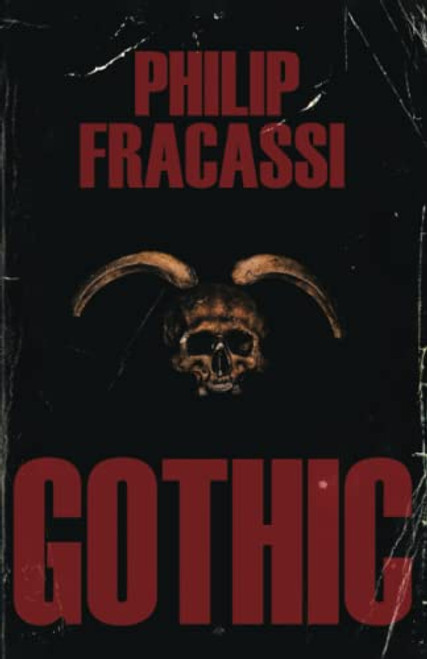Created in an age of faith, the polyptychs chosen for this volume are all altarpieces, works that came into being in response to changes in the Roman Catholic liturgy decreed as far back as 1274 at the Council of Lyons. According to the new dispensation, the priest would no longer say Mass facing the congregation (versus populum) but rather facing the altar and as often as possible in the presence of a sacred image. Also involved was a redefinition of the doctrine of Transubstantion, which encouraged private devotions in chapels, intimate spaces where the faithful could become more directly involved in the Eucharistic service. Both developments proved, in time, to be conducive to the realization of grand altarpieces in polyptych form, placed against the wall over an altar in a chapel or upon the high altar in a church or cathedral where it would function as a kind of splendid partition separating the sanctuary from the choir. The form had been evolving for well over a century, but it came into full flower only in the late 14th century and throughout the 15th, bringing the Late Gothic era to its final burst of glory and launching the Renaissance both in Northern Europe and in the Mediterranean countries.
Alas, few of the great polyptychs, wonderful as they are, survive in their original form or place of installation, having suffered the vicissitudes of history, as the authors explain in detail, particularly the misadventures that followed upon the secularization laws promulgated by Napoleon in the late 18th century. Along with this story and countless others comes the extended series of full-color illustrations, over 400 in all, many of them full-page and full-bleed. Great Altarpieces is a book for everyone with an interest in civilization and culture, art and history, and the role of religion in human affairs.
Great Altarpieces: Gothic and Renaissance
$221.30 - $300.00
- UPC:
- 9780865652248
- Maximum Purchase:
- 3 units
- Binding:
- Hardcover
- Publication Date:
- 1999-10-01
- Author:
- Caterina Virdis Limentani;Mari Pietogiovanna
- Language:
- english












